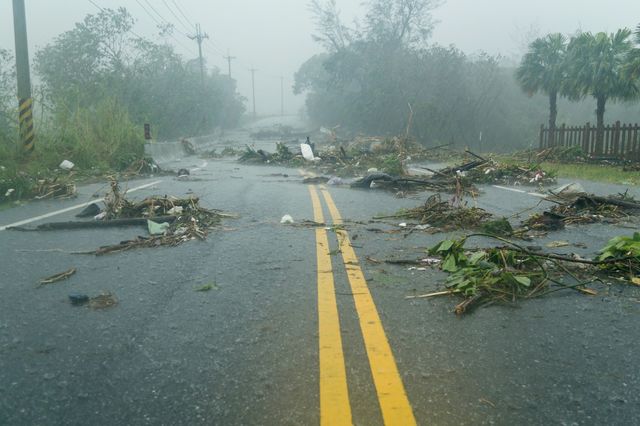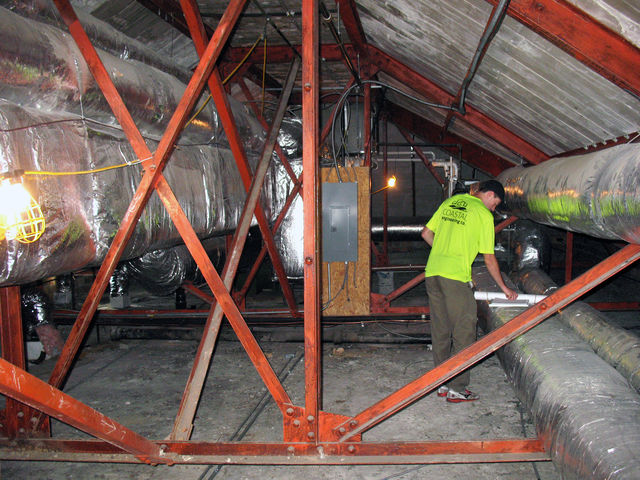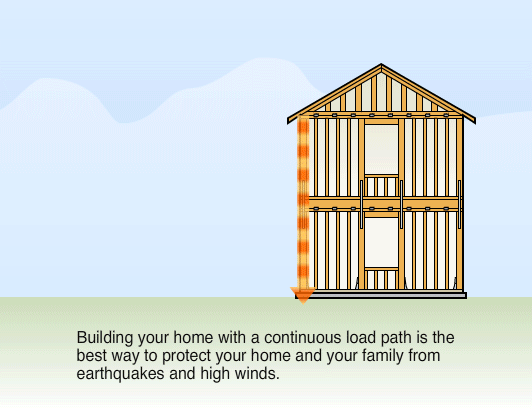

Visitors to Cape Cod, who come to enjoy the beautiful seaside community and scenic coastal vistas, are typically not thinking about potential property damage from a hurricane. Yet, this is all too familiar to coastal dwellers. A hurricane is a violent storm that can bring intense winds, heavy rain, flooding and a storm surge. Hurricanes can also cause landslides and extensive coastal erosion.

National Oceanographic and Atmospheric Administration issues an outlook that can be used to track storms.
It is difficult to predict the exact time, place, and force of a hurricane, however, the National Oceanographic and Atmospheric Administration issues an outlook that can be used to track storms. During the Atlantic hurricane season, which runs approximately from June 1st through November 30th, on average six hurricanes form in the Atlantic Ocean; two of those statistically become major hurricanes that have the potential to cause significant damage and destruction to residences and businesses in coastal areas. The good news is that homeowners CAN protect family and property from the effects of a hurricane by preparing before a hurricane warning or hurricane watch is issued.

Major hurricanes have the potential to cause significant damage and destruction to residences and businesses in coastal areas.
Residents, businesses and government agencies of coastal and near-coastal regions are urged to prepare for hurricane season regardless of the expected level of hurricane activity. Coastal properties that are located within 1 mile of shore and wind-borne debris zone properties are most susceptible to damage during a hurricane. Building code requirements are generally quite stringent for dwellings in these vulnerable areas. Materials, framing, and protective coverings should be as resistant to wind and wind-driven rain as possible.

Have your roof, walls, windows, doors, foundation, and chimney inspected for areas where wind and water can enter.
Evaluating and securing your home/business, both inside and out, can help diminish damage to your property. Have your roof, walls, windows, doors, foundation, and chimney inspected for areas where wind and water can enter. Hurricane preparedness may include home repair and window and door replacement projects; these are inexpensive fixes and cost-effective retrofits. Any time you are making home improvements is an opportunity to strengthen the structure. Keep in mind that by meeting or exceeding building code requirements, you are taking extra precautions to make your property storm-resistant.

The walls and roof must be tied together, like a box, and be securely fastened to the foundation. This cumulative fastening pattern of roof-studs-floor-foundation is referred to as a “continuous load path.”
The structural integrity and the covering of your roof are your first line of defense against hurricane damage. Check the roof covering for leaks and signs of deterioration. Replace broken or missing shingles and use roofing cement to secure loose shingles. The roof sheathing provides a structural barrier between the roof covering and your home’s interior. A gap in the sheathing can become a gaping hole where water can enter your attic. Problems with sheathing are remedied by improving the anchorage of the sheathing to the rafters and trusses. The roof deck is the point at which the roof attaches to the attic. Ensure the deck is adequately fastened to its supports. By bracing roofing components and securing them to the attic, you increase the uplift resistance of the roof structure. A true wind-resistant home is built to hold the roof up and to hold the roof down.
The juncture of the roof framing and the stud walls presents a weak point that can be reinforced with hurricane straps. Connect the roof trusses to the walls and reinforce the connections of the walls to the floor. The goal is for the total weight of the house, including the floor, to be greater than the uplift forces of the wind. The walls and roof must be tied together, like a box, and be securely fastened to the foundation. This cumulative fastening pattern of roof-studs-floor-foundation is referred to as a “continuous load path.” Older homes, built before 1985, typically do not have a continuous load path.
Please contact Coastal Engineering Co., Inc. for a full review or with any specific questions you may have.